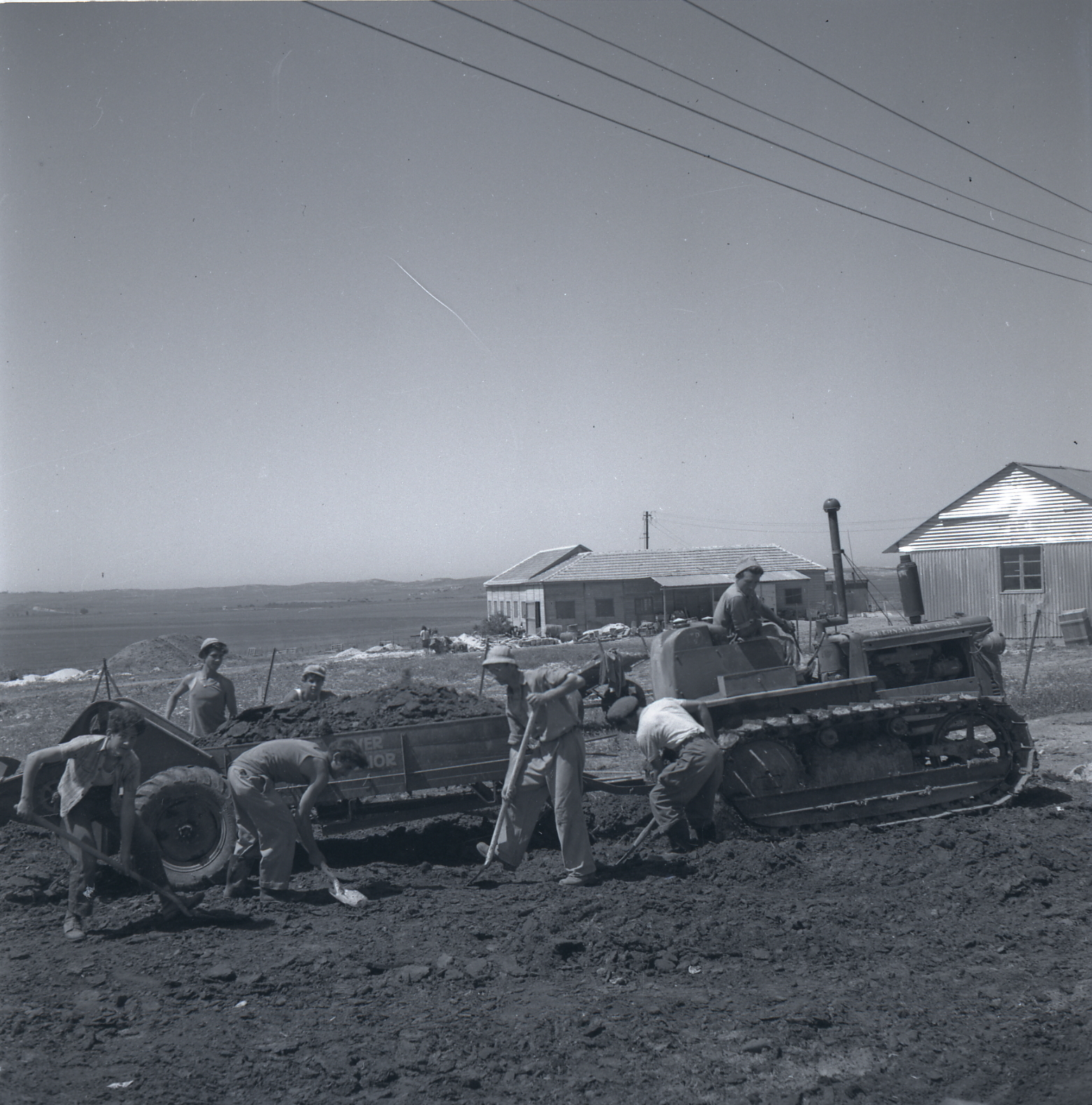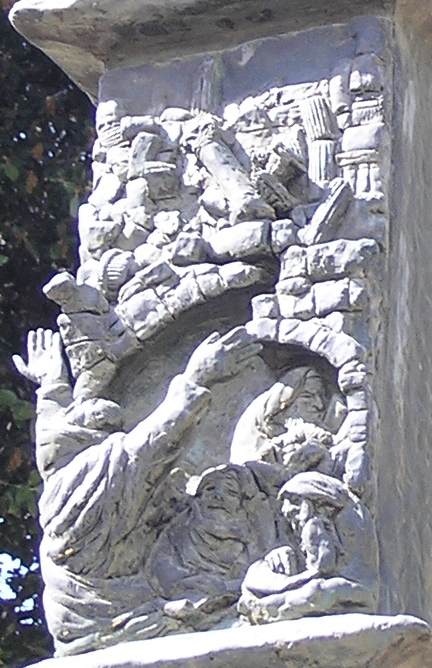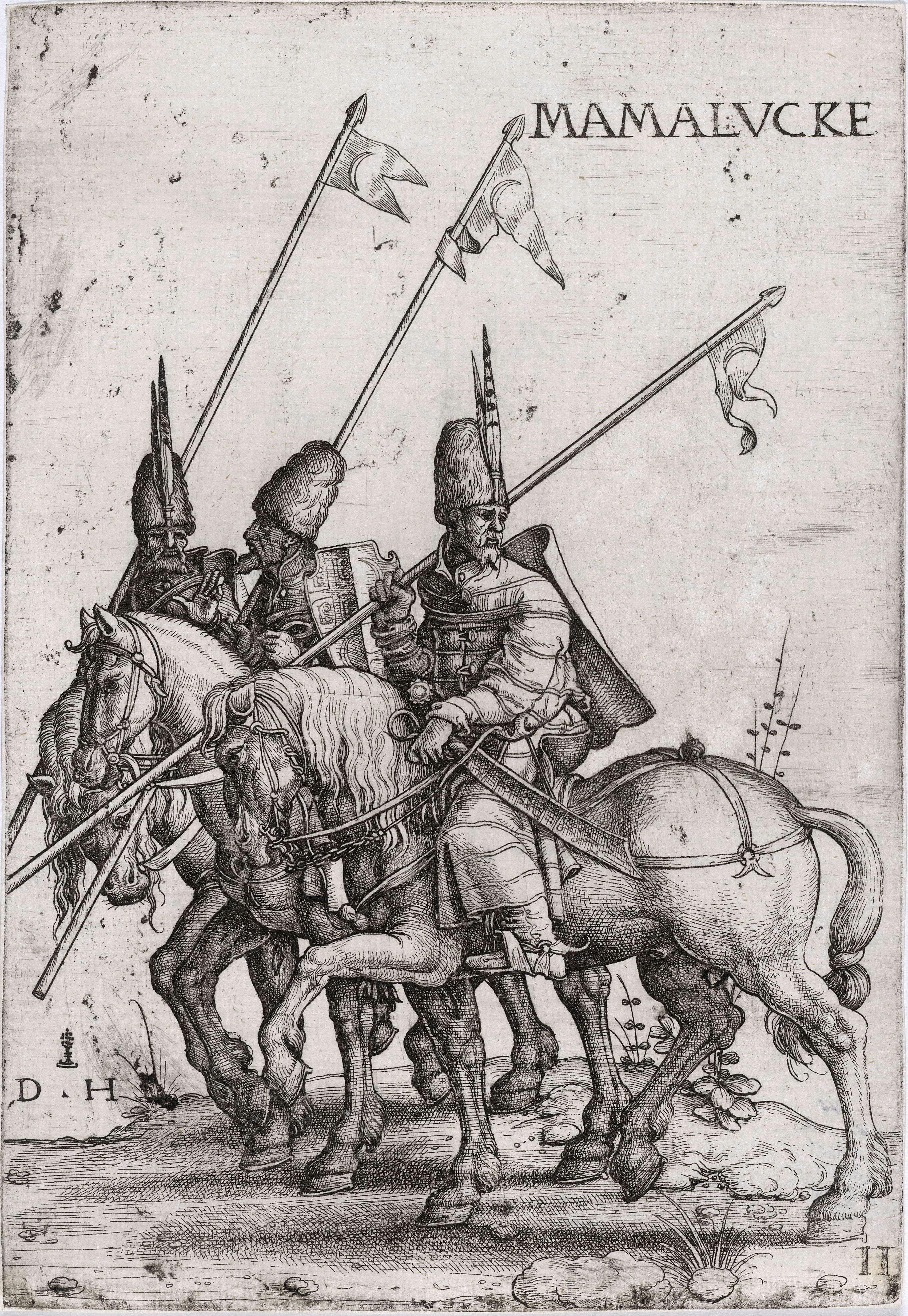|
Burayr
Burayr ( ar, برير) was a Palestinian Arab village in the Gaza Subdistrict, northeast of Gaza City. Its population in 1945 was 2,740 and it was depopulated in the 1948 Arab–Israeli War. It had an average elevation of . Archaeology In 2013, an archaeological survey was conducted on the site by Hardin W. James, Rachel Hallote, and Benjamin Adam Saidel, on behalf of Mississippi State University. On the basis of Philistine pottery from the 10th or 9th centuries BCE found in excavations of the tell, archaeologist Jeffrey Blakely of University of Wisconsin-Madison believes that Burayr may be the site of a Philistine village contemporary with the nearby Judaean hill forts. History It has been suggested that the name Burayr reflects that of a Jewish town, ''Bror Hayil'', mentioned in the Talmud as where rabbi Yohanan ben Zakkai lived in the Ist century CE and officiated over the rabbinic court. The present ruins lie some 400 m northeast of the eponymous kibbutz '' Bror Hayil''. ... [...More Info...] [...Related Items...] OR: [Wikipedia] [Google] [Baidu] |
Bror Hayil
Bror Hayil ( he, בְּרוֹר חַיִל) is a kibbutz in southern Israel. Located near Sderot, it falls under the jurisdiction of Sha'ar HaNegev Regional Council. In it had a population of . Etymology The name Bror Hayil means "selection of soldiers". It may be associated with the Bar Kokhba revolt against the Romans in the first half of the 2nd century CE.Evyatar Friesel (1996The Days and the Seasons: MemoirsWayne State University Press, p44 Name A Jewish village called Bror Hayil existed during the Talmudic era, where is now the ruins of the Palestinian village Burayr, and was the site of a yeshiva headed by rabbi Johanan ben Zakai. According to the Talmud (''Sanhedrin'' 32b), candlelight at night in Bror Hayil was a sign that a male child had been born, and that the villagers were to prepare for the child's impending circumcision. The present kibbutz takes its name from the ancient village of the same name. History Bror Hayil was the only Jewish village founded between ... [...More Info...] [...Related Items...] OR: [Wikipedia] [Google] [Baidu] |
Sde David
Sde David (, ''lit.'' David's Field) is a moshav in southern Israel. Located in Hevel Lakhish, it falls under the jurisdiction of Lakhish Regional Council. In it had a population of . History The moshav was founded in 1955 by Jewish immigrants from the Moroccan youth movement HaNoar HaTzioni, as part of the effort to settle the region. It was named after Zalman David Levontin, a Russian banker, pioneer of Jewish settlement in the Land of Israel and the founder and director of the Anglo-Palestine Bank (which later became Bank Leumi). Sde David was founded in 1955 on land belonging to the depopulated Palestinian village of Burayr Burayr ( ar, برير) was a Palestinian Arab village in the Gaza Subdistrict, northeast of Gaza City. Its population in 1945 was 2,740 and it was depopulated in the 1948 Arab–Israeli War. It had an average elevation of . Archaeology In 201 .... References Moshavim Lakhish Regional Council Populated places established in 1955 Popula ... [...More Info...] [...Related Items...] OR: [Wikipedia] [Google] [Baidu] |
Gaza Subdistrict, Mandatory Palestine
The Gaza Subdistrict ( ar, قضاء غزة, he, נפת עזה) was one of the subdistricts of Mandatory Palestine. It was situated in the southern Mediterranean coastline of the British Mandate of Palestine. After the 1948 Arab-Israeli War, the district disintegrated, with Israel controlling the northern and eastern portions while Egypt held control of the southern and central parts – which became the Gaza Strip, under Egyptian military between 1948 and 1967, Israeli military rule between 1967 and 2005, part of the Palestinian National Authority (with some aspects of retained Israeli rule until the 2005 withdrawal) after the Oslo Accords until 2007, and is currently ruled by the Hamas as a de facto separate entity from the Palestinian National Authority. The parts which Israel held since 1948 were merged into Israeli administrative districts, their connection with Gaza severed. Borders * Beersheba Subdistrict (Southeast) * Ramle Subdistrict (Northeast) * Hebron Subdist ... [...More Info...] [...Related Items...] OR: [Wikipedia] [Google] [Baidu] |
Tlamim
Tlamim (, ''lit.'' Furrows) is a moshav in southern Israel. Located in Hevel Lakhish it falls under the jurisdiction of Lakhish Regional Council. In it had a population of . History The moshav was founded in 1950 by Jewish refugees from the island of Djerba in Tunisia as part of the effort to settle the region. Its name is derived from a verse in the Book of Psalms (65:11): "Thou waterest the ridges thereof abundantly, thou settlest the furrows thereof." It was founded on the land belonging to the depopulated Palestinian village of Burayr Burayr ( ar, برير) was a Palestinian Arab village in the Gaza Subdistrict, northeast of Gaza City. Its population in 1945 was 2,740 and it was depopulated in the 1948 Arab–Israeli War. It had an average elevation of . Archaeology In 201 .... References {{Lakhish Moshavim Populated places established in 1950 Populated places in Southern District (Israel) 1950 establishments in Israel Tunisian-Jewish culture in Israel [...More Info...] [...Related Items...] OR: [Wikipedia] [Google] [Baidu] |
Zohar, Israel
Zohar ( he, זֹהַר, ''lit.'' Brightness) is a moshav in southern Israel. Located near the city of Kiryat Gat, it falls under the jurisdiction of Lakhish Regional Council. In it had a population of . A large lake that serves as a reservoir lies near the town. History The moshav was founded in 1956 by Jewish refugees from Algeria and Tunisia on land, that had belonged to the Arab village of al-Faluja, as part of the effort to settle Hevel Lakhish. According to Walid Khalidi, Zohar is founded on the land belonging to the depopulated Palestinian village of Burayr. Its name signifies the desire of the inhabitants to be quickly absorbed in what was then a remote frontier region. In later years, new immigrants from Iraq, Russia and Hungary settled there. In the 1950s and 1960s the moshav was a target for Palestinian fedayeen Palestinian fedayeen (from the Arabic ''fidā'ī'', plural ''fidā'iyūn'', فدائيون) are militants or guerrillas of a nationalist ori ... [...More Info...] [...Related Items...] OR: [Wikipedia] [Google] [Baidu] |
Yohanan Ben Zakkai
:''See Yohanan for more rabbis by this name''. Yohanan ben Zakkai ( he, יוֹחָנָן בֶּן זַכַּאי, ''Yōḥānān ben Zakkaʾy''; 1st century CE), sometimes abbreviated as Ribaz () for Rabbi Yohanan ben Zakkai, was one of the Tannaim, an important Jewish sage in the era of the Second Temple, and a primary contributor to the core text of Rabbinical Judaism, the Mishnah. His name is often preceded by the honorific title, "Rabban." He is widely regarded as one of the most important Jewish figures of his time and his escape from the Roman destruction of Jerusalem, that allowed him to continue teaching, may have been instrumental in rabbinic Judaism surviving the destruction. His tomb is located in Tiberias, within the Maimonides burial compound. Yohanan was the first Jewish sage attributed the title of rabbi in the Mishnah. Life The Talmud reports that, in the mid-first century, he was particularly active in opposing the Sadducees' interpretations of Jewish l ... [...More Info...] [...Related Items...] OR: [Wikipedia] [Google] [Baidu] |
Heletz
Heletz ( he, חֶלֶץ) is a moshav in southern Israel. Located between Ashkelon, Kiryat Gat and Sderot, it falls under the jurisdiction of Hof Ashkelon Regional Council. In it had a population of . History The moshav was founded in 1950 by immigrants from Yemen, and was named after the Biblical Helez, one of King David's Warriors (2 Samuel 23:26). It was founded on land belonging to the depopulated Palestinian village of Burayr. Economy The Heletz oil field was the location of the first successful oil well An oil well is a drillhole boring in Earth that is designed to bring petroleum oil hydrocarbons to the surface. Usually some natural gas is released as associated petroleum gas along with the oil. A well that is designed to produce only gas ma ... in the country, with extraction beginning in 1955 resulting in much celebration. It remains the most economic oil field in Israel. Recently Avenue Group, Inc. and Tomco Energy have restarted production from the Heletz ... [...More Info...] [...Related Items...] OR: [Wikipedia] [Google] [Baidu] |
Mamluk
Mamluk ( ar, مملوك, mamlūk (singular), , ''mamālīk'' (plural), translated as "one who is owned", meaning "slave", also transliterated as ''Mameluke'', ''mamluq'', ''mamluke'', ''mameluk'', ''mameluke'', ''mamaluke'', or ''marmeluke'') is a term most commonly referring to non-Arab, ethnically diverse (mostly Southern Russian, Turkic, Caucasian, Eastern and Southeastern European) slave-soldiers and freed slaves who were assigned military and administrative duties, serving the ruling Arab dynasties in the Muslim world. The most enduring Mamluk realm was the knightly military class in Egypt in the Middle Ages, which developed from the ranks of slave-soldiers. Originally the Mamluks were slaves of Turkic origin from the Eurasian Steppe, but the institution of military slavery spread to include Circassians, Abkhazians, Georgians,"Relations of the Georgian Mamluks of Egypt with Their Homeland in the Last Decades of the Eighteenth Century". Daniel Crecelius and Gotch ... [...More Info...] [...Related Items...] OR: [Wikipedia] [Google] [Baidu] |
Byzantine Empire
The Byzantine Empire, also referred to as the Eastern Roman Empire or Byzantium, was the continuation of the Roman Empire primarily in its eastern provinces during Late Antiquity and the Middle Ages, when its capital city was Constantinople. It survived the fragmentation and fall of the Western Roman Empire in the 5th century AD and continued to exist for an additional thousand years until the fall of Constantinople to the Ottoman Empire in 1453. During most of its existence, the empire remained the most powerful economic, cultural, and military force in Europe. The terms "Byzantine Empire" and "Eastern Roman Empire" were coined after the end of the realm; its citizens continued to refer to their empire as the Roman Empire, and to themselves as Romans—a term which Greeks continued to use for themselves into Ottoman times. Although the Roman state continued and its traditions were maintained, modern historians prefer to differentiate the Byzantine Empire from Ancient ... [...More Info...] [...Related Items...] OR: [Wikipedia] [Google] [Baidu] |
Muslim Conquest Of The Levant
The Muslim conquest of the Levant ( ar, فَتْحُ الشَّام, translit=Feth eş-Şâm), also known as the Rashidun conquest of Syria, occurred in the first half of the 7th century, shortly after the rise of Islam."Syria." Encyclopædia Britannica. 2006. Encyclopædia Britannica Online. 20 October 200Syria – Britannica Online Encyclopedia/ref> As part of the larger military campaign known as the early Muslim conquests, the Levant was brought under the rule of the Rashidun Caliphate and developed into the provincial region of Bilad al-Sham. The presence of Arab Muslim troops on the southern Levantine borders of the Byzantine Empire had occurred during the lifetime of Muhammad, with the Battle of Muʿtah in 629 formally marking the start of the Arab–Byzantine wars. However, the actual conquest did not begin until 634, two years after Muhammad's death. It was led by the first two Rashidun caliphs who succeeded Muhammad: Abu Bakr and Umar ibn al-Khattab. During thi ... [...More Info...] [...Related Items...] OR: [Wikipedia] [Google] [Baidu] |
Fatimid
The Fatimid Caliphate was an Ismaili Shi'a Shīʿa Islam or Shīʿīsm is the second-largest Islamic schools and branches, branch of Islam. It holds that the Prophets and messengers in Islam, Islamic prophet Muhammad in Islam, Muhammad designated Ali, ʿAlī ibn Abī Ṭālib as his S ... caliphate extant from the tenth to the twelfth centuries AD. Spanning a large area of North Africa, it ranged from the Atlantic Ocean in the west to the Red Sea in the east. The Fatimid dynasty, Fatimids, a dynasty of Arab origin, trace their ancestry to Muhammad's daughter Fatimah, Fatima and her husband Ali, ‘Ali b. Abi Talib, the first Imamate in Shia doctrine, Shi‘a imam. The Fatimids were acknowledged as the rightful imams by different Isma'ilism, Isma‘ili communities, but also in many other Muslim lands, including Persia and the adjacent regions. Originating during the Abbasid Caliphate, the Fatimids conquered Tunisia and established the city of "Mahdia, al-Mahdiyya" ... [...More Info...] [...Related Items...] OR: [Wikipedia] [Google] [Baidu] |
Mandatory Palestine
Mandatory Palestine ( ar, فلسطين الانتدابية '; he, פָּלֶשְׂתִּינָה (א״י) ', where "E.Y." indicates ''’Eretz Yiśrā’ēl'', the Land of Israel) was a geopolitical entity established between 1920 and 1948 in the Palestine (region), region of Palestine under the terms of the League of Nations Mandate for Palestine. During the First World War (1914–1918), an Arab uprising against Ottoman Empire, Ottoman rule and the British Empire's Egyptian Expeditionary Force under General Edmund Allenby drove the Ottoman Turks out of the Levant during the Sinai and Palestine Campaign. The United Kingdom had agreed in the McMahon–Hussein Correspondence that it would honour Arab independence if the Arabs revolted against the Ottoman Turks, but the two sides had different interpretations of this agreement, and in the end, the United Kingdom and French Third Republic, France divided the area under the Sykes–Picot Agreementan act of betrayal in the eyes of ... [...More Info...] [...Related Items...] OR: [Wikipedia] [Google] [Baidu] |




